Governance Changes in New York….and Maybe in Your Neck of the Woods
There's no question that the pandemic changed many of the basics of how governing boards operated, in particular within the nonprofit sector. Most obvious is the fact that since there were restrictions on gatherings in person, many organizations had to adjust to online platforms. While discussed for many years, the state of New York has formally passed legislation changing governance requirements for boards. And if you don't live in New York, you may still want to pay attention.
Recently, New York changed several basic requirements for any nonprofit. These included that votes can be taken without a formal meeting being convened if approved by all of the voting members, that openings in the board caused by resignation can only be filled until the next annual meeting, and that quorums for any board vote shall be set at a minimum of half of those attending the board meeting as well as that any board member who initially attends and then has to leave still counts as “attending.”
Why would you want to pay attention if you don't live in New York? My experience is that many states with a myriad of laws and regulations seem to follow what comes out of New York or California. Thus, this may be coming to you.
What does this mean for nonprofits?
The Good--There is no question using electronic means for voting or having formal meetings via zoom has become more of our normalized governance behavior. Frankly, I don't see a downside to it. To be honest, one of the upsides is that you probably have better attendance, which means more engaged board members. That's good.
The Bad--What concerns me is one of the changes mentioned above. The lessening of a quorum, depending on the size of your board, can greatly enhance the ability of a minority of the board to have oversized power. If you have 12 board members and you only need six to be present and one leaves a meeting early, three board members can dictate a major governance directive---meaning 25% of the entire board just adjusted the nonprofit’s direction. That makes me a little nervous.
Is this catastrophic? No. But as someone who tracks and follows governance pretty closely, in particular with the nonprofit sector, it does make me nervous. Something for all of us to pay attention to.


